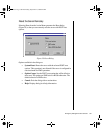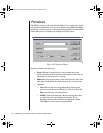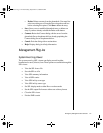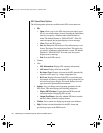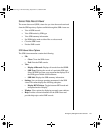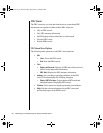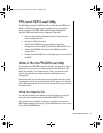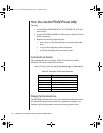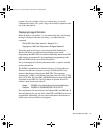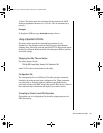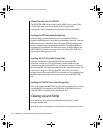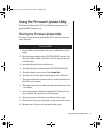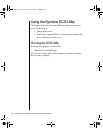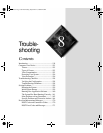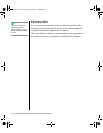
FRU and SDR Load Utility 147
program. You can use either a slash (/) or a minus sign (-) to specify
command line options. The -p and -v flags can be used in conjunction with
any of the other options.
Displaying Usage Information
When the utility is run with the -? or -h command line flags, the following
message is displayed when the verbose flag -v is added to the help
command:
FRU & SDR Load Utility Version 2.1 Revision R.1.1
Copyright (c) 1998, Intel Corporation, All Rights Reserved
This utility must be run from a system executing DOS. Running in a
Windows DOS box is insufficient and provides incorrect results.
Programming the BMC FRU area clears the SDR table; therefore the SDR
table must be reprogrammed. Upon completing the programming of the
FRU and SDR areas, the server should be rebooted.
The system displays the following information if the -v option is included
in the command line.
The /D FRU command may be followed with up to 16 device addresses.
These device addresses are used to view up to 16 different FRU areas,
instead of the default of displaying the BMC FRU. The arguments
following the "-d FRU" are in the same order and value as the NVS_TYPE,
NVS_LUN, DEV_BUS and DEV_ADDRESS which are found in the FRU
file header in each FRU file. The LUN address is optional. If the LUN
address is used, it must start with an ’L’.
Usage: FRUSDR -d fru (device) [lun] (bus) (addr) (addr2) (etc)
Example: FRUSDR /D FRU IMBDEVICE L00 00 C0 C2
The configuration file may be used to load multiple FRU and SDR files. In
the configuration file, you may define which FRU and SDR areas are to be
programmed. Additionally, you may request information from the user or
ask the user to choose which areas to program.
3424.boo Page 147 Wednesday, September 2, 1998 9:23 AM



